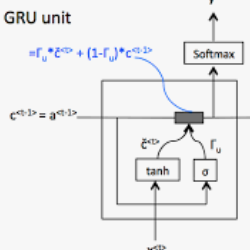Existing research has shown the potential of classifying Alzheimers Disease (AD) from eye-tracking (ET) data with classifiers that rely on task-specific engineered features. In this paper, we investigate whether we can improve on existing results by using a Deep-Learning classifier trained end-to-end on raw ET data. This classifier (VTNet) uses a GRU and a CNN in parallel to leverage both visual (V) and temporal (T) representations of ET data and was previously used to detect user confusion while processing visual displays. A main challenge in applying VTNet to our target AD classification task is that the available ET data sequences are much longer than those used in the previous confusion detection task, pushing the limits of what is manageable by LSTM-based models. We discuss how we address this challenge and show that VTNet outperforms the state-of-the-art approaches in AD classification, providing encouraging evidence on the generality of this model to make predictions from ET data.
翻译:暂无翻译



